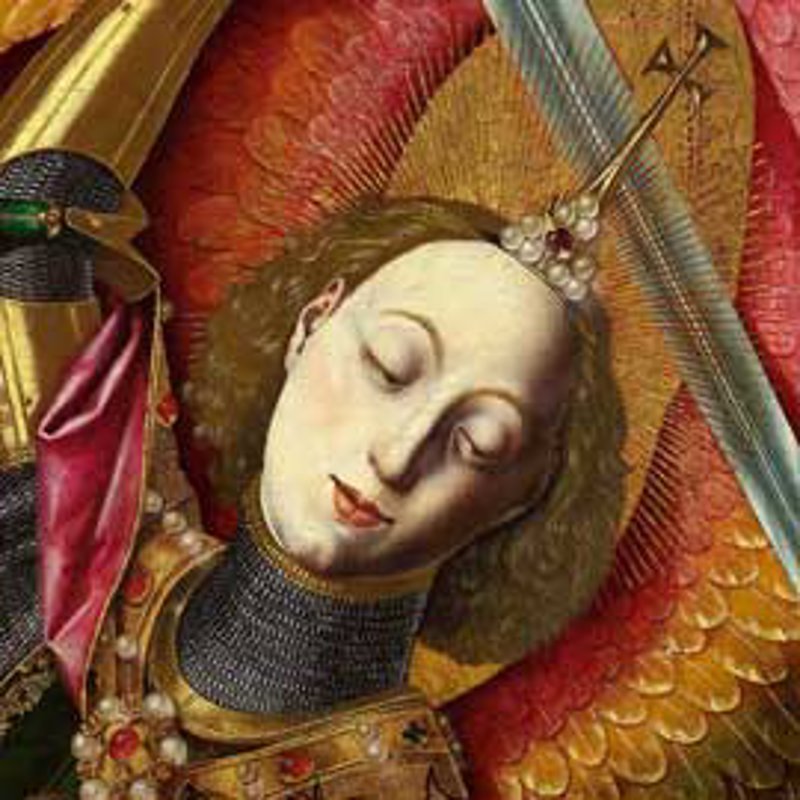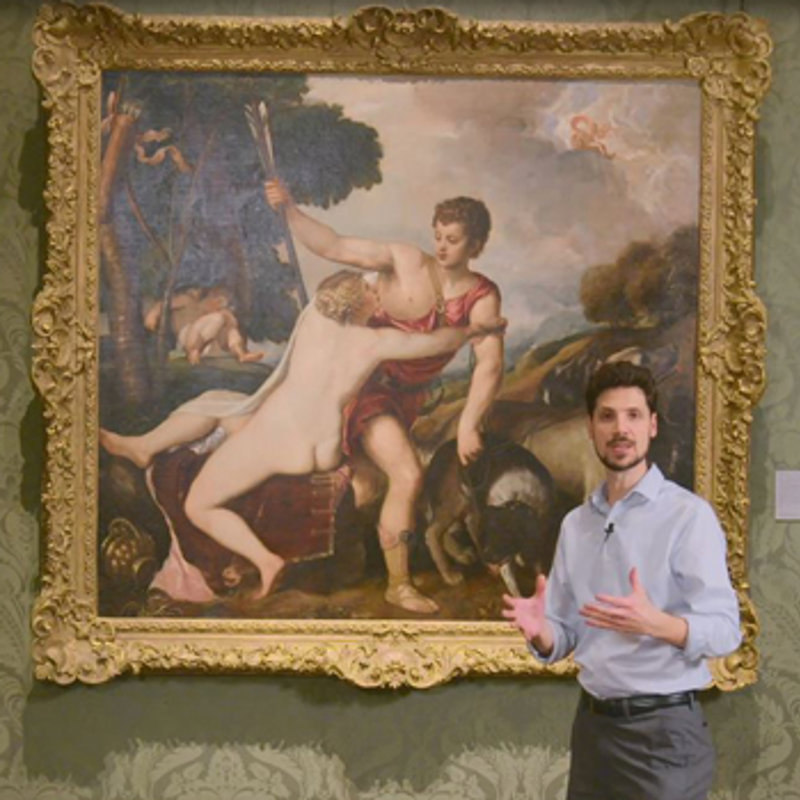Bartolomé de Cárdenas was more commonly known as ‘Bermejo’ – meaning ‘reddish’ in Spanish – probably referring to a distinctive physical feature such as red hair or a ruddy complexion.
Bermejo is considered the supreme painter of the Spanish Renaissance – his talent for oil painting was unparalleled among his Spanish contemporaries.
Although some think he may have trained in the Netherlands, no such trip is documented but he would certainly have known Netherlandish paintings circulating in Spain.
It seems likely that he was a 'converso' (a Jew converted to Christianity).
His wife Gracia de Palaciano, also a Jewish convert, was brought before the Inquisition in the Spanish city of Zaragoza for knowing only part of the Credo and engaging in ‘Jewish practices’.
Some scholars argue that this is because he had a restless nature, and others think he may have moved around to avoid the persecution of the religious authorities and Inquisition.
Based on an inscription on the frame of 'Desplà Pietà' (1490, Barcelona Cathedral), it seems that Bermejo was born in Cordoba, and he is known to have worked in Tous, Valencia, Daroca, Zaragoza and Barcelona.
Possibly to get round guild regulations, Bermejo often had to team up with local painters who were living in the cities that he visited.
In 1995 we were lucky enough to buy the beautiful 'Saint Michael Triumphs over the Devil' (1468), widely considered the most important early Spanish painting in Britain.
Which further adds to his mystery.





